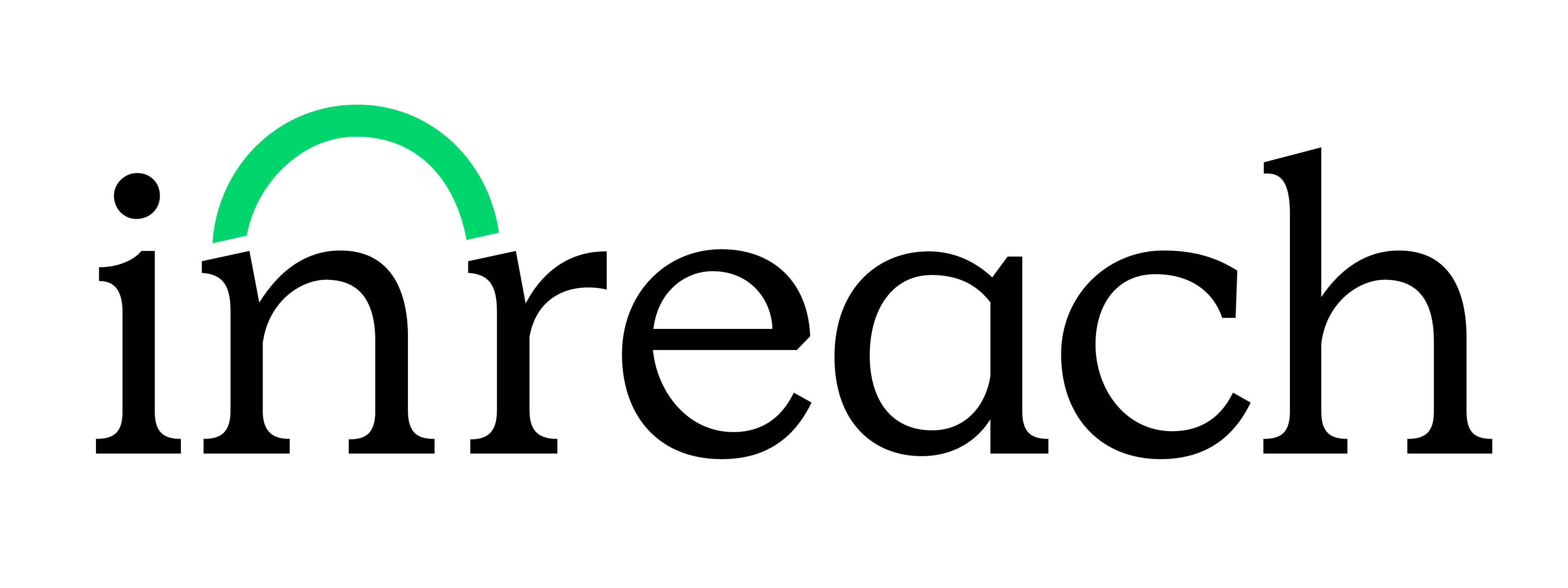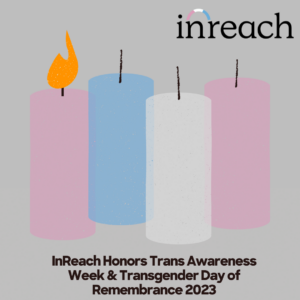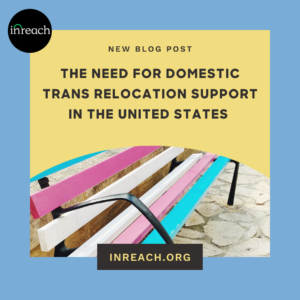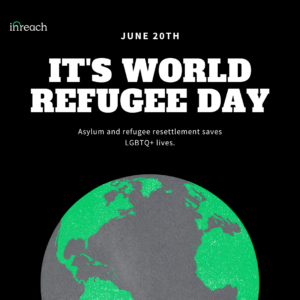No products in the cart.
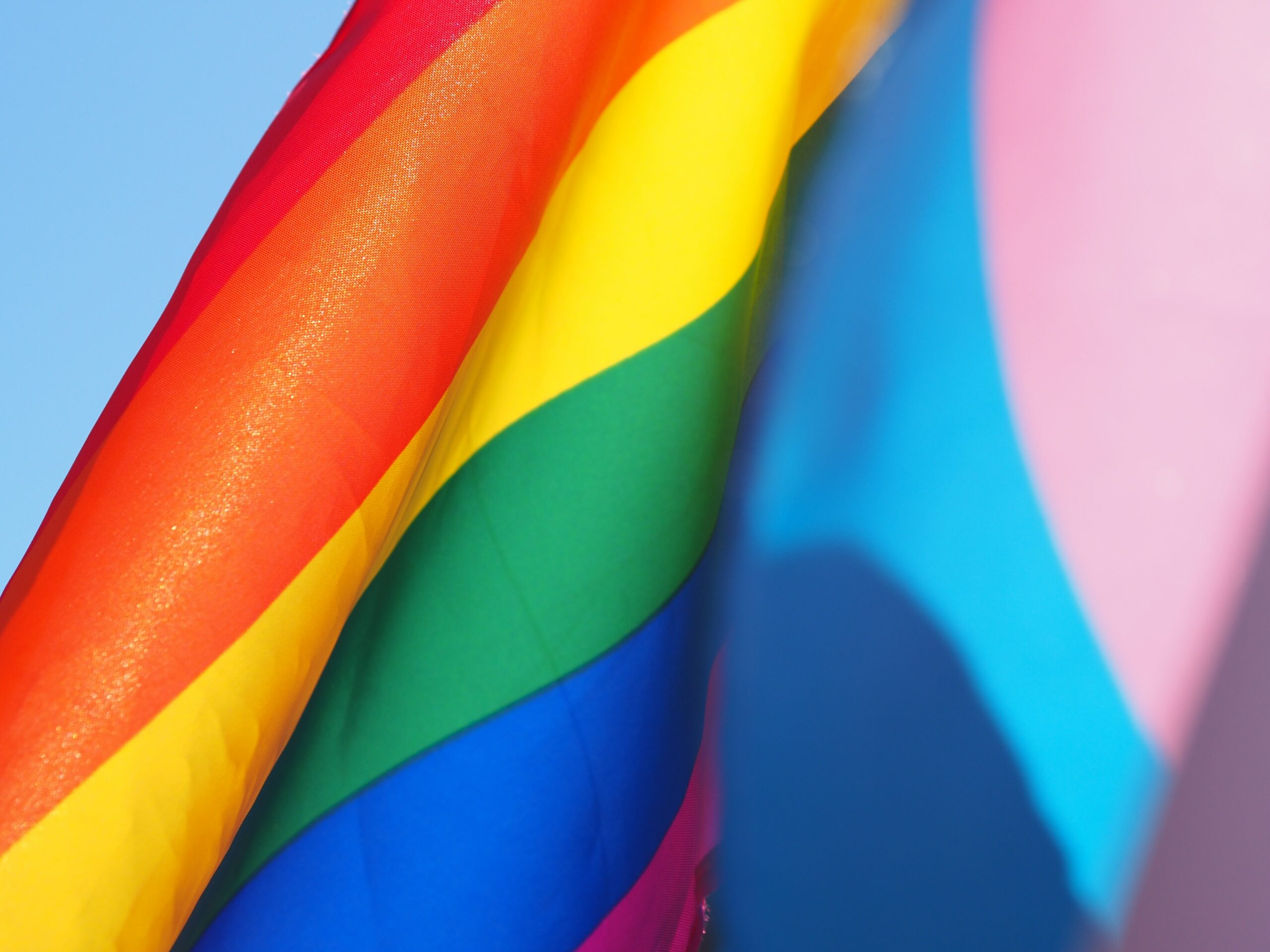
How Immigration Detention Fails LGBTQ Asylum Seekers
[vc_row][vc_column][vc_custom_heading text=”GUEST BLOG POST BY MONICA KIM, 2019 INREACH SUMMER INTERN” font_container=”tag:h4|text_align:center|color:%234892da” use_theme_fonts=”yes”][vc_column_text]
After surviving a violent attack and receiving death threats due to her identity as a transgender woman, Nicole García Aguilar fled Honduras in early 2018 to seek asylum in the U.S. Months later, she was in solitary confinement in a male unit of a privately operated Immigration Customs Enforcement (ICE) facility. Throughout her incarceration, García suffered mental and emotional distress and lost significant weight. Though she was eventually granted asylum and released from detention, the damage had already been done.
García’s story is all too common for LGBTQ asylum seekers who come to the U.S. fleeing persecution based on their sexual orientation and/or gender identity but instead end up detained for months, sometimes years, while waiting for their asylum case to be heard. Immigration detention has traumatic consequences for all asylum seekers, but LGBTQ asylum seekers face unique challenges in detention, challenges that have only worsened since the Trump administration took office in 2017.
[/vc_column_text][/vc_column][/vc_row][vc_row][vc_column][vc_custom_heading text=”U.S. Asylum By The Numbers” font_container=”tag:h4|text_align:center|color:%234892da” use_theme_fonts=”yes”][vc_column_text]
Over the past few years, a rising number of persecuted people have sought asylum in the U.S. From fiscal year 2017 to fiscal year 2018, the U.S. saw a 67% increase in the number of asylum seekers. For affirmative asylum cases, there has been an increase of over 1,750% within the past five years for cases waiting to be processed by USCIS.
Despite the recent increase in the number of asylum seekers coming to the U.S., America’s asylum grant rate of one in five has remained steady. In contrast, the denial rate has been on the rise: in 2012, the refusal rate was 42%, while in 2018 it was nearly 50% larger, according to Syracuse University’s Transactional Records Access Clearinghouse (TRAC).
For LGBTQ asylum seekers, who make up an estimated 5% of U.S. asylum claims, this part of the asylum process is a double-sided coin. According to an attorney from the Santa Fe Dreamers Project, LGBTQ asylum seekers typically have a high probability of winning asylum because of their uniquely vulnerable circumstances. Still, it is often harder for LGBTQ asylum seekers to provide that they have a credible fear of persecution, often because they must “prove” their sexual orientation and/or gender identity. Consequentially, they are often turned away when officials deem them not “gay” enough, never mind the fact that sexual orientation and gender identity are fluid and socially constructed.
The record-breaking backlog of immigration cases in the U.S. has only compounded these two issues. Under the Trump administration, the backlog has grown by 68% to reach a staggering 877,000 cases (as of July 2019). In March 2018, USCIS announced a new policy that mandates the newest asylum cases be handled first, rather than processing affirmative asylum cases on a chronological basis; but this has only added to the chaos, as asylum seekers with strong claims who have been waiting years are now put on hold indefinitely. InReach Vice President, Hans How, has personal experience with this policy, as he applied for LGBTQ asylum in late 2017 but still has not received his first credible-fear interview with an asylum officer. When asked about how the USCIS policy affects LGBTQ asylum seekers, How explained that the intention of this new policy is to ensure that weak applications that are newly submitted will be rejected quicker and not added to the case backlog. This is frustrating because people who have strong and valid claims of asylum are waiting to get heard, get stuck in the backlog, and then have to wait longer.
[/vc_column_text][/vc_column][/vc_row][vc_row][vc_column][vc_custom_heading text=”The Peril of Immigration Detention for LGBTQ People” font_container=”tag:h4|text_align:center|color:%234892da” use_theme_fonts=”yes”][vc_column_text]
Under the Obama administration, immigration agents began to incarcerate victims of persecution. This practice has since escalated under the Trump administration, which wields detention as a method of deterring asylum seekers from continuing with their claims. Asylum seekers are locked in detention for longer and are increasingly being detained until they see an immigration judge, instead of being released on parole pending a future court date.
The increased backlog, wait times, and use of detention translates into asylum seekers facing more risk than ever before in the U.S. LGBTQ asylum seekers remain especially vulnerable: according to the Center for American Progress, LGBTQ people are 97 times more likely to be sexually victimized in ICE custody than non-LGBTQ people.
The story of Roxsana Hernandez, a transgender woman from Honduras seeking asylum in the U.S., exemplifies the dehumanizing treatment of transgender asylum seekers in ICE detention facilities. After crossing the border at a port of entry, Roxsana and other LGBTQ asylum seekers spent several days in a holding cell called “la hielera,” or the cooler, so-called for its extremely low temperatures. At this point, Hernandez’s health was deteriorating. By the time she was finally transferred to a unit specifically designed for transgender people, Hernandez stopped talking and eating. Though her friends requested medical help, she didn’t receive any medical treatment until she was gravely ill; two weeks later, she was dead.
[/vc_column_text][/vc_column][/vc_row][vc_row][vc_column][vc_custom_heading text=”Life After Immigration Detention” font_container=”tag:h4|text_align:center|color:%234892da” use_theme_fonts=”yes”][vc_column_text]
The asylum seekers who survive immigration detention still face an uphill battle in the U.S. For instance, immigration detention facilities in New Jersey often release detainees at night, without providing bus tickets or information on available housing. As a result, many asylum seekers who don’t have access to nearby relatives or attorneys end up in homophobic and transphobic homeless shelters or on the street. This lack of information disproportionately affects asylum seekers who are LGBTQ, not fluent in English, and/or low-income. InReach works to invert this information gap through providing the first free digital one-stop-shop referral site designed to quickly connect LGBTQ asylum seekers with legitimate verified LGBTQ- and immigrant-friendly direct service providers in their new home.
Although immigration detention has always been dangerous for LGBTQ asylum seekers, the soaring backlog and expansion of detention under the Trump administration has dramatically exacerbated this danger. However, LGBTQ asylum seekers’ resilience continues to serve as a vital reminder of their humanity and agency. Many who have been granted LGBTQ asylum choose to help others through the process, such as Karolina Lopez, a transgender asylee who spent three years in immigration detention, but now works for Mariposas Sin Fronteras to help current LGBTQ asylum seekers in detention connect with people on the outside and adjust back to their lives once they are released. Organizations that advocate for and help LGBTQ asylum seekers, such as InReach, are important in sharing this community’s stories and ensuring America never turns its back on persecuted LGBTQ people in need.
[/vc_column_text][vc_separator][vc_column_text]
August 2019
By Monica Kim, InReach 2019 Summer Intern
[/vc_column_text][/vc_column][/vc_row]
